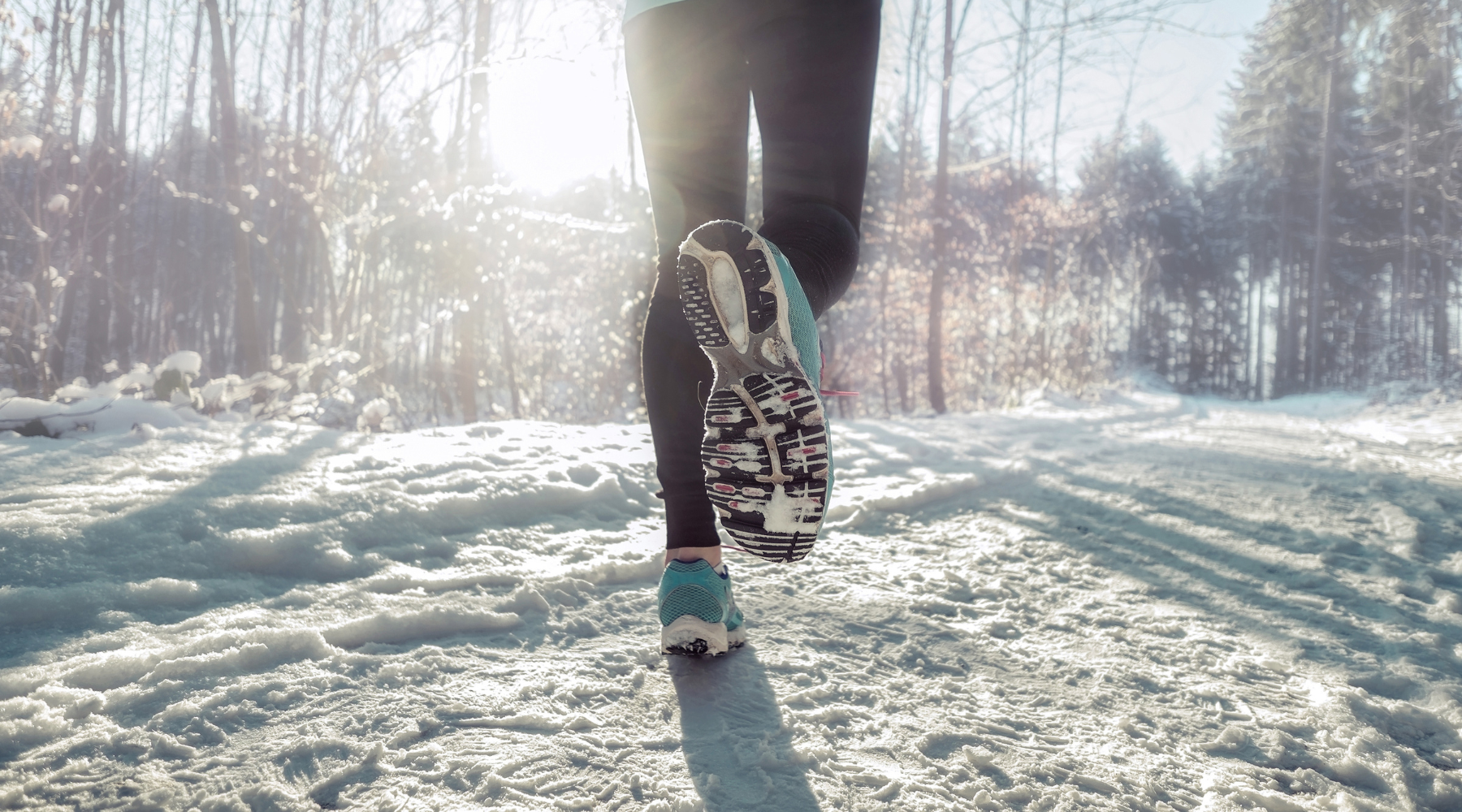With the recent Arctic blast, exercising outdoors seems about as enticing as licking an icy flagpole. Still, if you opt to forgo the cozy confines of your home (or the gym) and brave the elements for a workout, be sure to make some adjustments to your routine.
It may require some planning and preparation, but unless you’re part Yeti, (in which case you can ignore the rest of this article), a little weatherproofing can go a long way to avoiding issues like hypothermia and frostbite.
Bundle up
Okay, this seems like the ultimate Captain Obvious, but you need to dress for the weather. You’ll want not just layers but materials that will keep you as dry as possible. This means protection from the elements if it’s precipitating (think Gore-Tex or other waterproof fabrics) and also materials that will wick perspiration away from your skin if you’re sweating (that means base layers like polypropylene).
But don’t go crazy
While it might seem tempting to keep throwing on items of clothing until you have more layers than a wedding cake, this can backfire. Sure, you’ll be warm in that first quarter mile. But if you’re exercising vigorously, overdressing will cause excessive sweating, which, in freezing conditions, can lead to a rapid drop in body temperature and put you at risk for hypothermia.
If you’re planning on a workout that will get your pulse pounding, the wiser strategy is to start out a little bit cool and warm up as your body does. Another smart approach is to wear layers you can shed if you get too hot.
Remember the wind
In this land where the wind goes sweeping down the plains, don’t forget an outer layer that repels those gusts. As your phone will tell you, even a relatively light breeze can drive the perceived temperature down several degrees, and a stiff north wind can make it feel 20 degrees below what the mercury says.
Cover up
Even if the rest of your body stays warm, frostbite can strike the tiniest patch of exposed skin. Hats, sunglasses and neckwear that can be pulled up over your nose and mouth all offer protection from exposure. Although your fingers and toes are covered, use extra layers and, if you’re like me, mittens.
Consider splurging on Hot Hands or other single-use hand or toe warmers. Not only will they ensure your extremities stay warm and functional, but I’ve found an added bonus: They last for many hours beyond my workout, so I can keep them with me and feel toasty all day.
–
Adam Cohen is a marathoner and senior vice president and general counsel at the Oklahoma Medical Research Foundation. Submit your health questions to contact@omrf.org.



